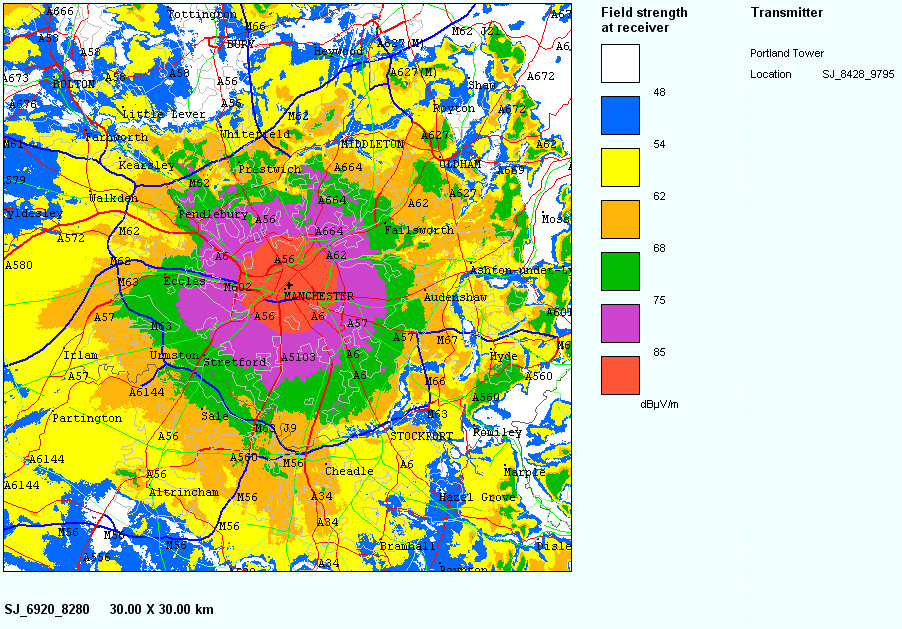How well can you hear our radio stations?
|
Niocast Digital welcomes feedback from listeners regarding signal reception for its Manchester DAB/DAB+ digital multiplex. Here are some helpful things to check:
Fading in & out - check your location on the coverage map below As DAB/DAB+ is digital, it is quite common to receive enough data from a multiplex to allow a radio set to populate its station list and service descriptions (the scrolling text). However, if the signal is too weak it will prevent reliable playback and you will either hear nothing or at best a ‘burbling’ or 'bubbling’ sound (DAB) or a fading in and out (DAB+). To reduce the possibility of poor reception we recommend that listeners check that the aerial on any portable receiver is extended and vertical. The optimum DAB/DAB+ aerial length is around 40cm to 45cm, so you may need to lower the height of your aerial to improve reception. Silence - check your radio is DAB+ (not the old-style DAB) A radio which can only receive DAB will not be able to receive DAB+ stations. However, DAB+ sets are ‘backwards-compatible’ and are capable of receiving both DAB and DAB+ stations. Listeners who use a pre-DAB+ radio typically see DAB+ radio stations listed by name but hear no audio (silence). To check, select Fix Radio (which is DAB) from the list of our stations. If you can hear their audio, and none of the other services on our multiplex, then you are using am old DAB (not DAB+) radio. Advice Although millions of digital radios have been sold, the distinction between DAB and DAB+ has only been made clear recently on packaging and websites by some radio and motor manufacturers. Many shops and online retailers continue to sell radios which cannot receive DAB+ stations. When purchasing a new radio it’s worth ensuring it supports FM, DAB and DAB+. The easiest way to check is to look for the Digital Radio Tick Mark. This logo only appears on radios which are compatible with the DAB+ standard. |
|




